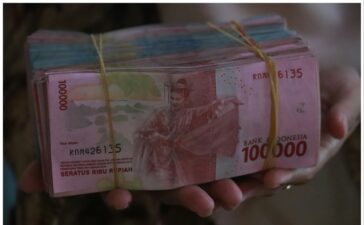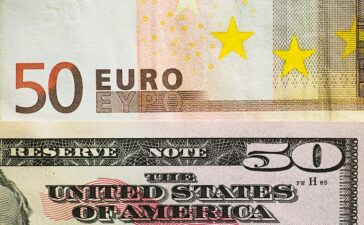Emerging market currencies are forecast to drift higher over the coming year, but much depends on the Federal Reserve delivering interest rate cuts starting around mid-year, according to FX analysts polled by Reuters.
Developed economy central banks are broadly expected to reduce rates faster than developing ones, which may redirect capital to emerging markets, bolstering EM currencies and helping central banks to manage inflation.
But nearly all of that hinges on the extent of Fed rate cuts. The strength of the U.S. economy has kept dollar bulls in play, wrong-footing analysts who had expected the U.S. dollar to fall in response to cuts that have yet to occur.
That has kept risky EM currencies deep in the red so far this year, extending years of losses against a dominant dollar.
While most are expected to gain by end-June, following the expected start of a Fed easing campaign that month, the March 28-April 3 Reuters poll of nearly 60 analysts predicted volatility in the near term.
“EM currencies are firming up for the beginning of Fed cutting cycle around middle of this year which is expected to ease the pressure,” Abhay Gupta, emerging Asia FI/FX strategist at BofA Securities, said.
“While that may mark a broader medium-term rally in rates and FX, the domestic dynamics would determine the relative winners and the timing of the moves across markets. Around mid-year, Fed cuts could allow high yielders like Indonesia to begin a deep cutting cycle and attract more carry flows.”
Meanwhile the EM carry trade, which involves borrowing in a low interest rate currency like the Japanese yen to invest in a higher yielding one, has been effective for years and has particularly benefited those in Latin America.
But the strength of the carry trade has waned as some central banks in the region have already begun to lower rates.
Analysts in the poll said the narrowing in interest rate gaps between EM and developed markets would weaken currencies in the developing world.
The rand, like most emerging market currencies, will also take cues from global factors such as the direction of the U.S. dollar. It was expected to gain about 1% to 18.65 per dollar over the next six months.
The outlook for Asian currencies is similar.
China’s tightly-controlled yuan, which has already fallen about 2% so far this year, was predicted to recoup those losses in the next six months.
The Indian rupee has been kept within a very tight range for over a year by Reserve Bank of India intervention and was expected to trade between 82.50 and 83.11 per dollar for the next six months.
Other Asian currencies – the Thai baht, Korean won, Indonesian rupiah, Malaysian ringgit, Philippine peso, Taiwan dollar, and Vietnamese dong – were expected to gain between 1.6% to 4.9% over the next six months.
(For other stories from the April Reuters foreign exchange poll: )
















